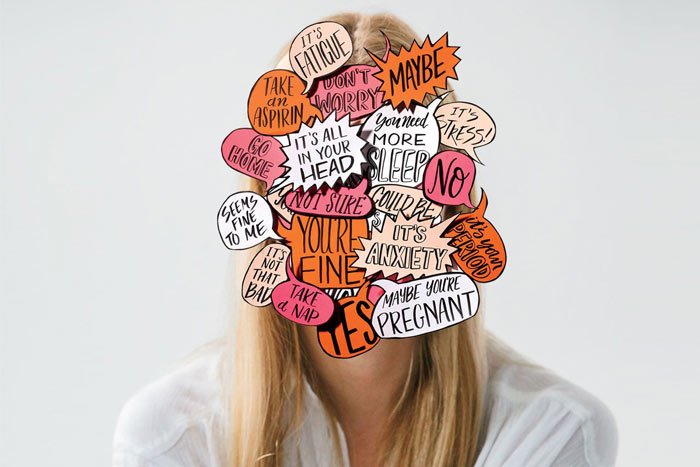Among the general population it is only becoming recently known that women struggle to be diagnosed correctly and are often not believed when they have a health problem. Among women themselves, many are already aware that they are not given appropriate treatment or are not taken seriously when they go to the hospital or to the doctor with pain or a medical issue that cannot be figured out. The reasons behind this disparity are only now beginning to be determined.
Which Illnesses Is Misdiagnosis Related to?
The main categories of illnesses that misdiagnosis occurs most frequently in are those that relate to the reproductive system, and those which are thought to be more common in men, such as heart attacks.
When a diagnosis concerns something that primarily affects men, like heart attacks, heart disease, and strokes, women are less likely to be diagnosed with this illness even when it is what they are suffering from, simply because medical professionals discount the possibility that this could occur in a woman.
Illnesses relating to the female reproductive system are also commonly misdiagnosed, as well as issues relating to pain in general.
Why Are Women Misdiagnosed More Frequently?
One of the primary factors that plays into the difference in correct diagnoses for women when compared to men is that women are generally viewed as being overly emotional or overreacting about pain. This is a societal and feminist issue that is now receiving more attention in the mainstream media and medical circles. Jeffrey Arrington, MD, from the Center for Endometriosis Care notes that “women with endometriosis are often told, ‘This kind of pain with your period is normal,’ and made to think they’re overreacting.”
There are countless documented cases of women who had serious and ongoing pelvic pain who were not treated and who were not diagnosed for significant periods of time. The reason behind this is that many doctors during their medical training are simply not giving adequate or comprehensive education about the female reproductive system, about how to treat women’s issues.
Another issue is that many studies and clinical trials are performed on male animals even when the disease relates to something that women experience. This means that the trial may not show different ways in which an illness presents in women and men. Furthermore, most treatments are based on what this research considers the typical patient: a white, 70kg, male. For long periods of time research was only performed on men and then the results were simply extended to women. This means that in some cases, even if an illness is diagnosed correctly, the treatment may still be different for a woman.
When women’s health issues are not taken seriously, their quality of life is heavily impacted for long periods of time.
A representative from Fletchers Solicitors, a law firm dealing with clinical malpractice claims, “One in three people with serious myocardial infection is likely to be initially given an incorrect diagnosis, and men are 37% less likely to be given an incorrect diagnosis when they are having a classic heart attack.”
What Can Be Done?
Research is now being done into how men and women’s bodies react differently to different illnesses, and how they need to be treated. It has already been found that “women and men metabolize drugs differently, experience different side effects and derive different benefits from the same treatments.”
Steps like these are vital in closing the gender gap between men and women when it comes to accurate diagnoses and appropriate treatments.
